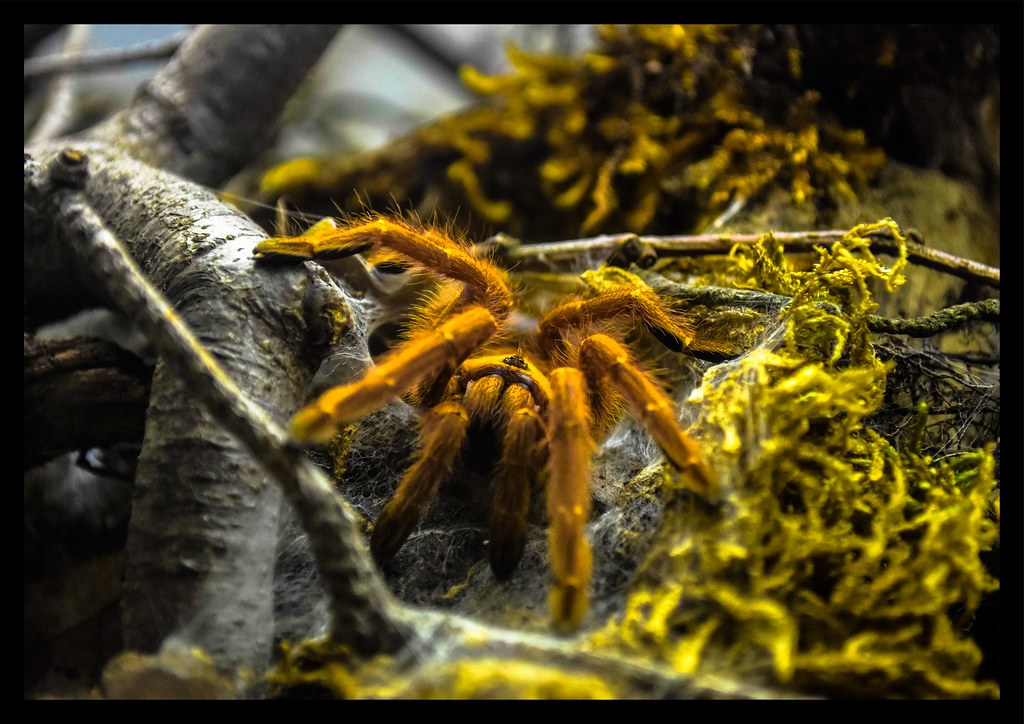Creating the perfect home for your eight-legged friend involves numerous considerations, with substrate choice ranking among the most critical decisions. The substrate—the material lining the bottom of your tarantula’s enclosure—serves multiple purposes beyond mere decoration. It provides a foundation for burrowing, helps maintain humidity, absorbs waste, and creates a naturalistic environment that promotes natural behaviors. With countless options available to tarantula keepers, from coconut fiber to vermiculite, selecting the ideal substrate can feel overwhelming. This comprehensive guide will explore the various substrate options, their benefits and drawbacks, and help you determine which will work best for your particular tarantula species and enclosure setup.
Understanding the Importance of Proper Substrate

Substrate functions as more than just a decorative element in your tarantula’s home—it’s a fundamental component of their ecosystem. For burrowing species, substrate provides the medium through which they can express natural instincts, creating elaborate tunnel systems that serve as both refuge and hunting ground. Beyond behavioral considerations, substrate plays a crucial role in humidity regulation, which directly impacts your tarantula’s respiratory health and successful molting. The wrong substrate choice can lead to respiratory issues, dehydration, or excessive moisture that promotes harmful mold and bacterial growth. Additionally, good substrate helps absorb waste products and can minimize odors, making maintenance easier and keeping your tarantula’s environment clean and healthy.
Coconut Fiber (Coco Coir): The Gold Standard

Coconut fiber, commonly known as coco coir, has established itself as the premier substrate choice among experienced tarantula keepers, and for good reason. This natural byproduct of coconut processing creates an excellent burrowing medium that retains moisture exceptionally well without becoming waterlogged. Its slightly acidic nature helps inhibit mold and bacterial growth, creating a safer environment for your arachnid companion. Coconut fiber’s excellent moisture retention capabilities make it ideal for maintaining the higher humidity levels required by tropical tarantula species. Available in compressed bricks that expand dramatically when soaked, coco coir is cost-effective and can be reused after proper cleaning, making it both an economical and environmentally friendly choice for tarantula enthusiasts.
Peat Moss: Natural and Versatile

Peat moss offers a natural substrate option that mimics the organic forest floor many tarantula species call home in the wild. This substrate excels at retaining moisture while allowing sufficient drainage, creating a balanced humidity environment suitable for many species. Tarantulas can easily manipulate peat moss for burrowing, and its fibrous texture helps maintain structural integrity in burrow construction. However, keepers should source peat moss carefully, as some commercial products contain fertilizers or pesticides that can harm your tarantula. When purchasing, look specifically for natural, organic peat moss without additives, or seek options specifically marketed for terrarium use. While once the standard substrate for tarantula keeping, peat moss has become less popular as more sustainable alternatives like coconut fiber have become widely available.
Topsoil: Budget-Friendly Natural Option
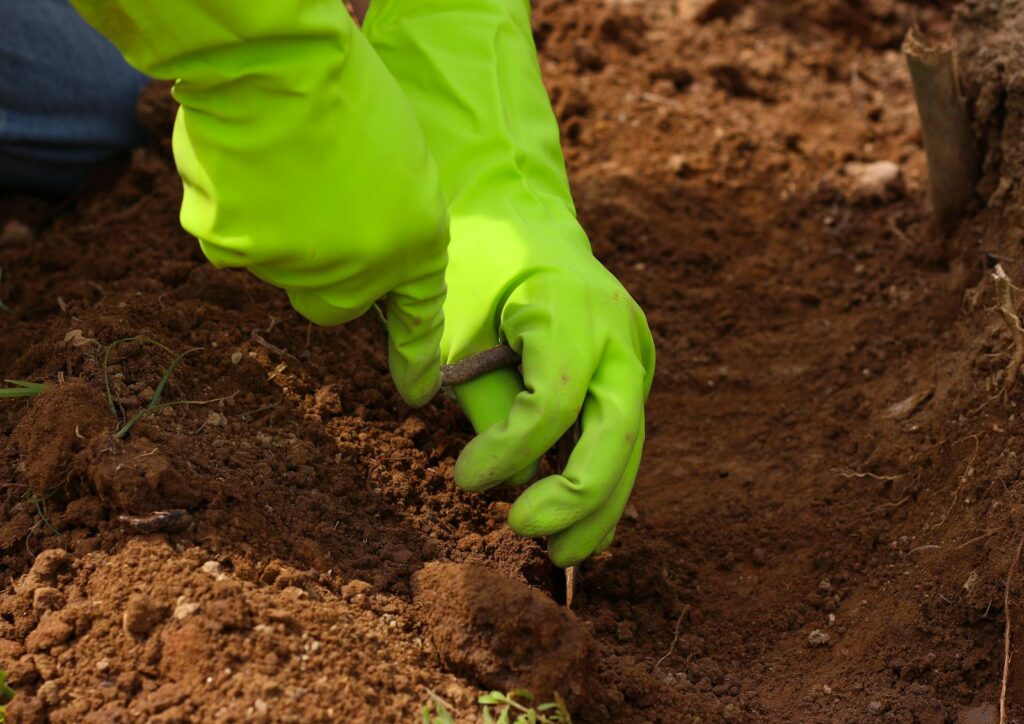
Plain topsoil represents one of the most economical substrate options available to tarantula keepers, particularly for those maintaining multiple enclosures. When properly sourced and prepared, topsoil can provide an excellent medium that closely mimics many tarantulas’ natural habitat. The key consideration with topsoil lies in its sourcing—commercial products must be free from pesticides, fertilizers, and other chemical additives that could harm your tarantula. Many experienced keepers recommend baking store-bought topsoil before use (at approximately 200°F for 20-30 minutes) to eliminate potential parasites, insect eggs, or harmful microorganisms. Topsoil can be effectively mixed with other substrates like coconut fiber to create custom blends that optimize moisture retention while maintaining structural integrity for burrowing species.
Vermiculite and Perlite: Moisture Management Additives

While rarely used as standalone substrates, vermiculite and perlite serve as valuable additions to primary substrate materials, enhancing moisture retention and aeration respectively. Vermiculite, a hydrated laminar mineral, can absorb several times its weight in water, slowly releasing moisture back into the environment—making it an excellent humidity stabilizer in drier climates or for species requiring higher humidity. Perlite, a volcanic glass that expands when heated, creates air pockets within the substrate, improving drainage and preventing compaction that might otherwise lead to mold issues. These materials should typically constitute no more than 20-30% of your substrate mix, as higher concentrations can create unstable burrowing conditions. When handling these additives, particularly perlite, keepers should wear masks to avoid inhaling the fine dust particles that can cause respiratory irritation.
Eco Earth and Other Commercial Blends
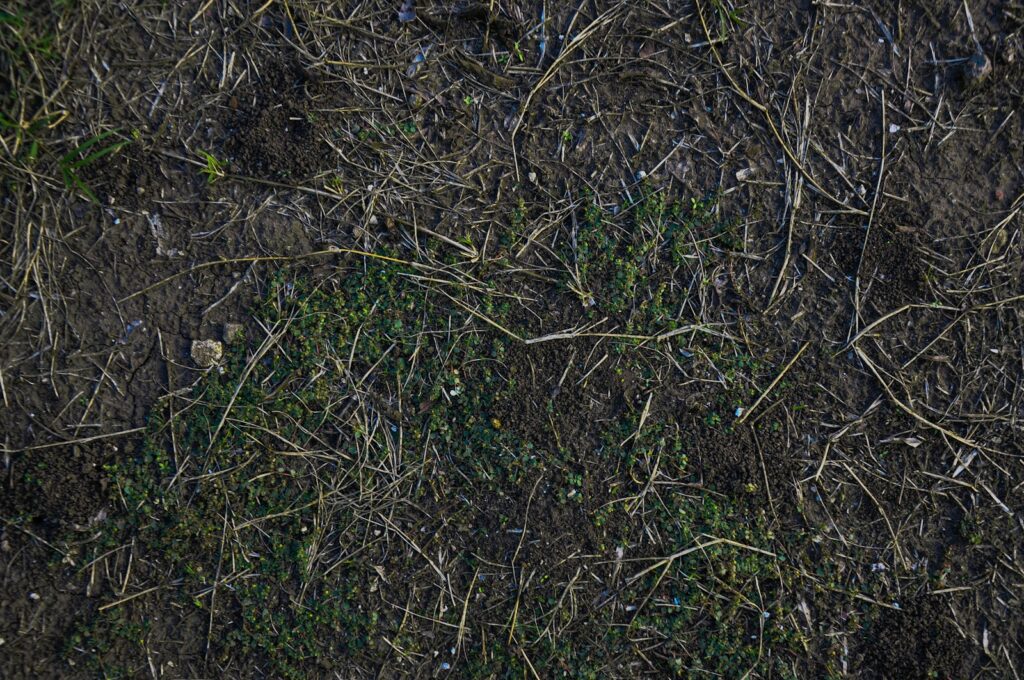
Commercial substrate blends like Eco Earth offer convenience and consistency for tarantula keepers seeking ready-to-use solutions. These products typically feature coconut fiber as their primary component, sometimes enhanced with additional materials to optimize moisture retention and structure. The primary advantage of commercial blends lies in their accessibility and quality control—they come pre-sterilized and free from contaminants that might harm your tarantula. Many commercial options are compressed into bricks or blocks that expand significantly when water is added, providing excellent value despite their higher initial price point compared to some DIY alternatives. While generally safe and effective, keepers should still verify ingredient lists to ensure no harmful additives or fertilizers are included, particularly with products marketed primarily for plant use rather than arachnid husbandry.
Species-Specific Substrate Requirements
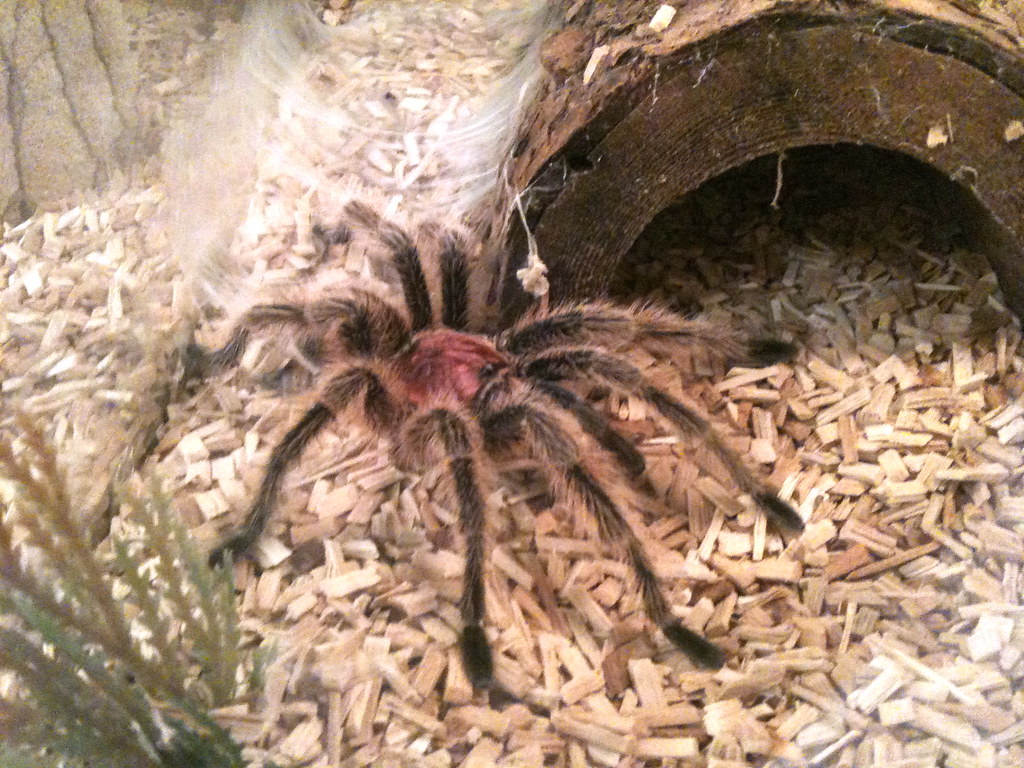
Substrate selection should ultimately be guided by the natural habitat and biological needs of your specific tarantula species. Arboreal species like Avicularia avicularia (Pink Toe Tarantula) require only a shallow layer of moisture-retaining substrate, as they spend minimal time at ground level. In contrast, dedicated burrowers like Aphonopelma seemanni (Costa Rican Zebra) need deep, structurally sound substrate that can maintain tunnel integrity without collapsing. Desert-dwelling species including Aphonopelma chalcodes (Arizona Blonde) thrive in drier substrates that prevent excessive humidity, while tropical forest-dwellers such as Theraphosa blondi (Goliath Birdeater) require consistently damp substrate to maintain the high humidity levels essential to their respiratory health. Research your specific species’ natural environment and tailor your substrate choice and depth accordingly for optimal tarantula welfare.
The Dangers of Cedar and Pine Wood Products
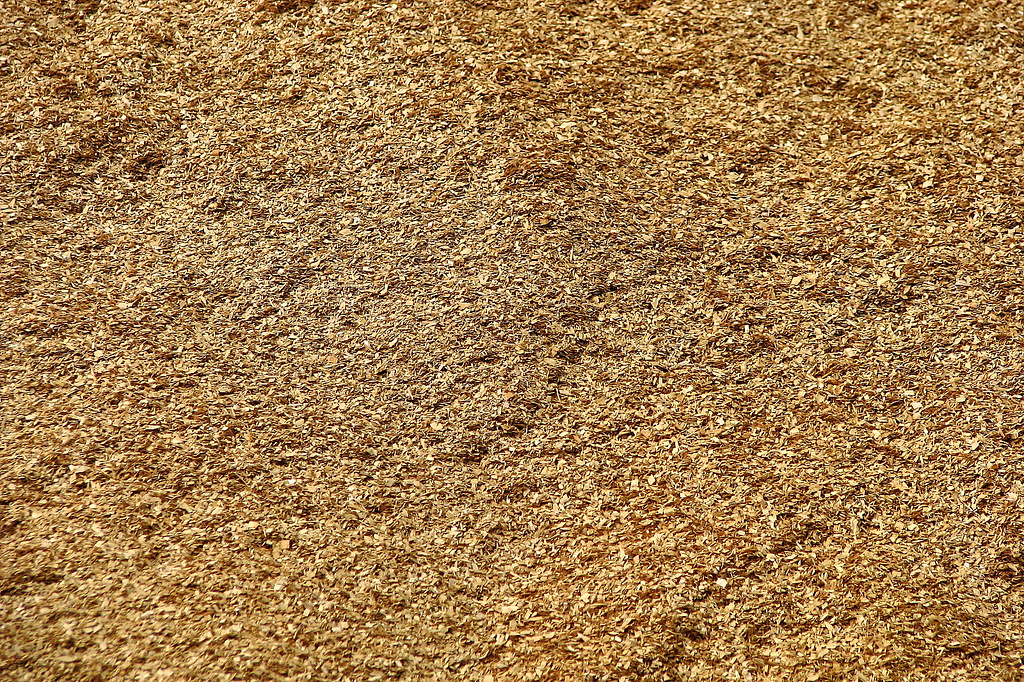
Wood shavings derived from cedar and pine trees contain natural aromatic oils that can be highly toxic to tarantulas and should never be used as substrate. These phenolic compounds, which give cedar and pine their distinctive pleasant scent, can cause severe respiratory distress and potentially fatal reactions in arachnids. The oils are particularly problematic given tarantulas’ sensitive respiratory systems, which differ significantly from mammals and are especially vulnerable to airborne irritants. Even when seemingly dry, these wood products continue to release volatile compounds that accumulate in the enclosed space of a tarantula habitat. This prohibition extends to any substrate blend or bedding product containing cedar or pine components, regardless of how small the percentage might be—the risk to your tarantula’s health simply isn’t worth taking.
Sand: Limited Applications and Concerns

Sand represents one of the more controversial substrate choices in the tarantula-keeping community, with limited appropriate applications. While some keepers include small amounts of sand in substrate mixtures for desert-dwelling species, sand alone creates numerous problems as a primary substrate. Its inability to retain moisture makes maintaining proper humidity nearly impossible, and its shifting nature prevents successful burrow construction for most species. Perhaps most concerning is the risk of impaction—if accidentally ingested during feeding or grooming, sand can cause potentially fatal digestive blockages. When sand is appropriate, such as for creating a small dry area in an otherwise humid enclosure, experts recommend using only clean play sand or heat-sterilized natural sand rather than calcium-based products marketed for reptiles, which can adversely affect the tarantula’s exoskeleton formation process.
Substrate Depth Guidelines for Different Tarantulas

The appropriate substrate depth varies dramatically depending on your tarantula’s species and natural behaviors. For arboreal species that rarely venture to the ground, such as Caribena versicolor (Antilles Pinktoe) or Psalmopoeus cambridgei (Trinidad Chevron), a minimal layer of 1-2 inches provides sufficient ground cover while maximizing vertical space. Terrestrial species like Grammostola rosea (Chilean Rose) benefit from moderate substrate depths of 3-4 inches, allowing for shallow depression creation without deep burrowing. Dedicated burrowing species require the deepest substrate installations, with recommendations ranging from 6-10 inches for species like Ceratogyrus darlingi (Horned Baboon) or Aphonopelma seemanni (Costa Rican Zebra). Providing inadequate substrate depth for burrowing species creates significant stress by preventing natural behaviors, potentially leading to decreased appetite, increased defensiveness, or health issues associated with chronic stress responses.
DIY Substrate Mixes for Optimal Performance

Many experienced tarantula keepers create custom substrate blends tailored to their specific species’ needs, combining materials to optimize moisture retention, structural integrity, and burrowing potential. A popular formula for tropical species combines 70% coconut fiber with 20% sphagnum moss and 10% vermiculite, creating excellent moisture retention while maintaining good structure for burrowing. For desert species, a mix of 60% coconut fiber, 30% topsoil, and 10% play sand provides a drier environment that still offers sufficient burrowing capability. Some keepers incorporate small amounts of activated charcoal (approximately 5%) into their substrate mixes to help eliminate odors and absorb toxins. When creating custom blends, avoid rapid changes to established enclosures, as tarantulas can be sensitive to environmental modifications—gradually transition to new substrate mixes during regular maintenance to minimize stress.
Proper Substrate Maintenance and Replacement
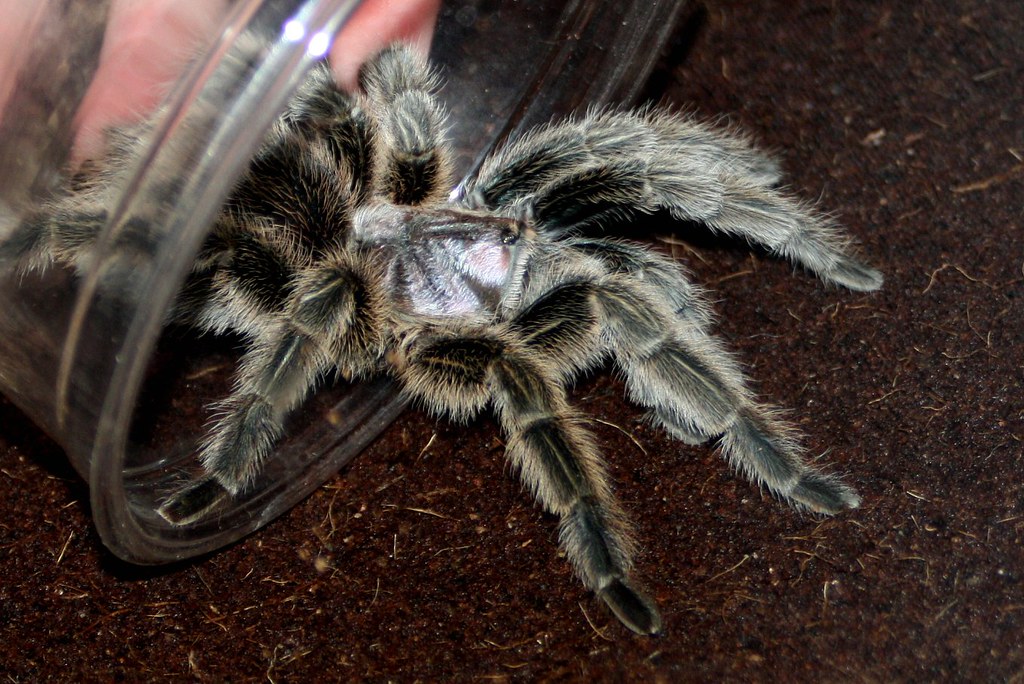
Even the best substrate requires regular maintenance to remain effective and safe for your tarantula. Spot cleaning—the selective removal of visible waste, prey remains, and moldy sections—should be performed weekly using clean, long forceps to minimize disturbance to your tarantula. Most substrates should be replaced entirely every 6-12 months, though this timeline varies based on enclosure size, tarantula species, and the substrate’s condition. Signs that immediate replacement is necessary include persistent unpleasant odors, visible mold growth, pest insect infestations, or substrate compaction that prevents proper burrowing. When replacing substrate, provide your tarantula with a temporary enclosure to reduce stress during the process, and consider saving a small portion of the old substrate (if it’s otherwise healthy) to mix with the new material, helping to preserve familiar environmental bacteria and scents that contribute to your tarantula’s sense of security.
Bioactive Substrates: Advanced Tarantula Keeping

Bioactive substrates represent the cutting edge of tarantula husbandry, creating self-sustaining microecosystems within the enclosure. These sophisticated setups incorporate beneficial microorganisms, isopods, springtails, and other decomposers that process waste naturally, potentially eliminating the need for complete substrate changes. A typical bioactive setup includes a drainage layer of expanded clay pellets covered with mesh, followed by a substantial layer of substrate mix enriched with leaf litter and decomposing wood. The cleanup crew—typically consisting of tropical springtails and dwarf isopod species—actively consumes mold, waste, and decaying matter, converting them into nutrients that support the system’s live plants. While requiring more initial investment in knowledge and materials, bioactive setups can reduce long-term maintenance needs and create extraordinarily naturalistic environments that promote a fuller range of natural behaviors in captive tarantulas.
Conclusion: Selecting the Right Substrate for Your Tarantula
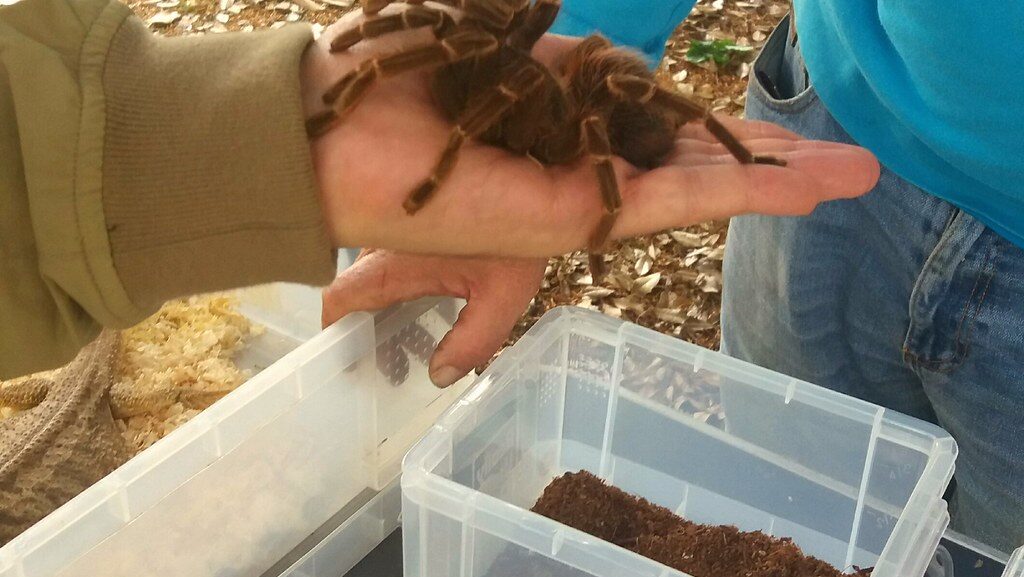
The ideal substrate for your tarantula ultimately depends on its species, natural habitat, and specific needs. Coconut fiber remains the versatile frontrunner for most situations, offering excellent moisture retention, burrowing capability, and value. For species with specialized requirements, custom mixes allow for precision habitat creation that supports natural behaviors and optimal health. When selecting your substrate, prioritize your tarantula’s welfare above convenience or aesthetics, avoiding potentially harmful materials like cedar, pine, or chemically treated products. Regular maintenance and appropriate depth guidelines ensure your chosen substrate continues to serve its essential functions in your tarantula’s ecosystem. By making informed substrate choices based on research and species-specific requirements, you provide the foundation—quite literally—for your tarantula to thrive in captivity for its full natural lifespan.

